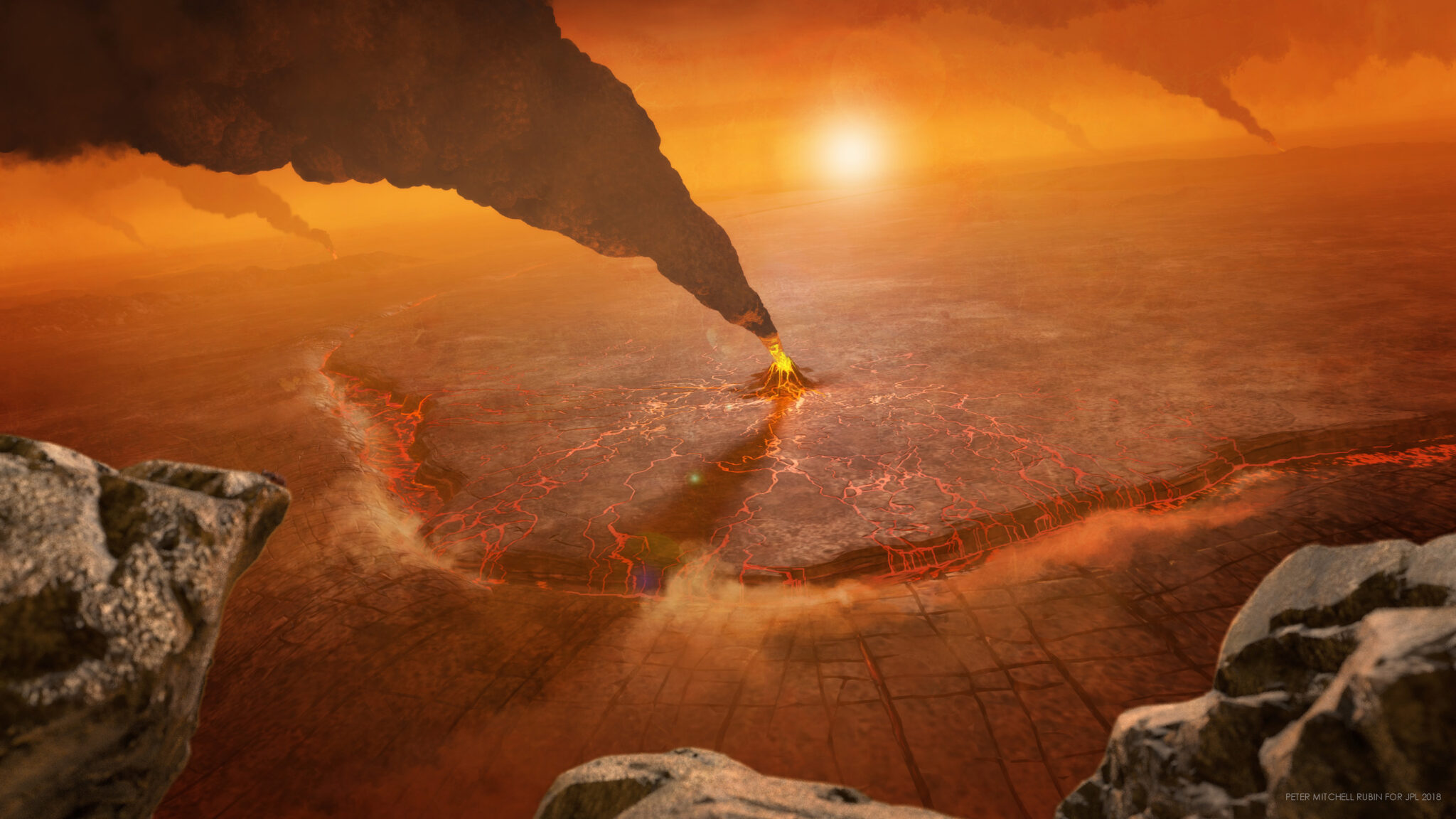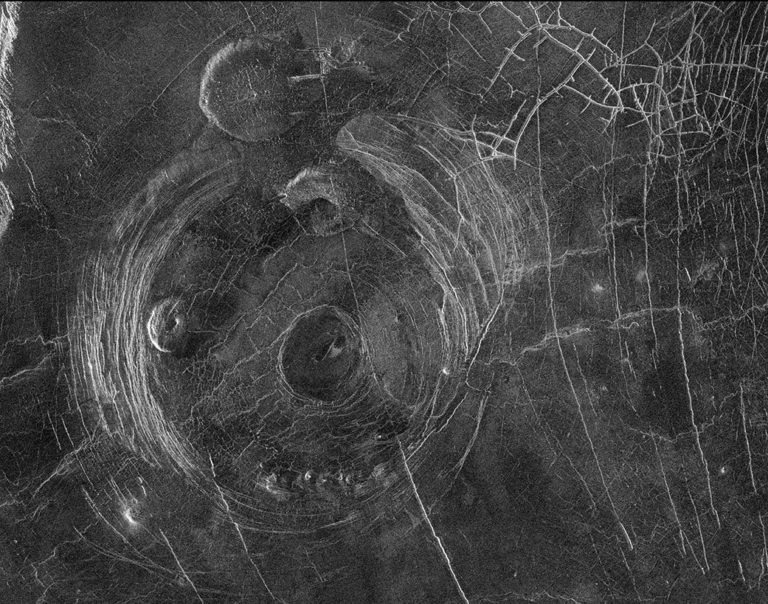Venus is one of the most amazing planets in the Solar System. It is at the same time similar to Earth in size, but strikingly different from it, and not only in the composition of the atmosphere, but also in temperature indicators. One of these differences is also the lithosphere of Venus – the solid outer shell of the planet.

On Earth, the lithosphere is fragmented and mobile, divided into tectonic plates that help form the surface of the planet, while simultaneously passing heat from the interiors of the planet around its uneven edges. The lithosphere of Venus, on the contrary, is seamless, which makes the mechanisms of cooling and restoring the surface of the planet something of a mystery. A new study shows that Venus may indeed have a relatively “soft” lithosphere that regularly splashes to the surface.
The study of the planet is very difficult and complicated: Venus is covered with a thick toxic atmosphere that maintains an average surface temperature of 475 °C. The landers sent there lasted a little more than an hour on its surface. But the data collected by the Magellan orbiter a decade ago has kept the secrets of Venus all these years. The spacecraft used radar to penetrate the planet’s thick clouds and take an image of the surface. Now scientists have used this data to discover an unexpected fact: the lithosphere of Venus may be thinner than previously thought.
Magma is close to the surface
Led by planetary geophysicist Suzanne Smrekar from NASA’s Jet Propulsion Laboratory, a team of researchers used Magellan data to carefully study the features of the volcanic surface, which were called corona, as well as the trenches and ridges surrounding them. They find that where the ridges are located closer to each other, the lithosphere is probably quite thin, with a depth of no more than 11 kilometers. Modeling shows that the heat flow through the surface in these places is higher than the average heat flow on Earth.

Venus has relatively few impact craters, at least compared to planets like Mars and Mercury. This contrast has long been a mystery to scientists. The more impact craters a planet has, the older its surface is considered to be. Therefore, if there are few impact craters on the planet, then something should erase them. The surface of Venus consists of 80% volcanic rock, which indicates a certain mechanism that renews the surface of the planet and makes it relatively young, for example, active volcanism. Discoveries thanks to Magellan confirm this hypothesis. Prolonged heat loss in the regions of Venus’ corona indicates ongoing geological activity, as magma is located directly below the surface.
For a detailed study of Venus, NASA plans to launch a VERITAS mission in 2027. Scientists hope that they will be able to use the spacecraft to take a closer look at the interesting corona of Venus.
Earlier we reported how the NASA stratospheric observatory failed to find traces of life in the atmosphere of Venus.
According to SciencAalert
Follow us on Twitter to get the most interesting space news in time
https://twitter.com/ust_magazine

